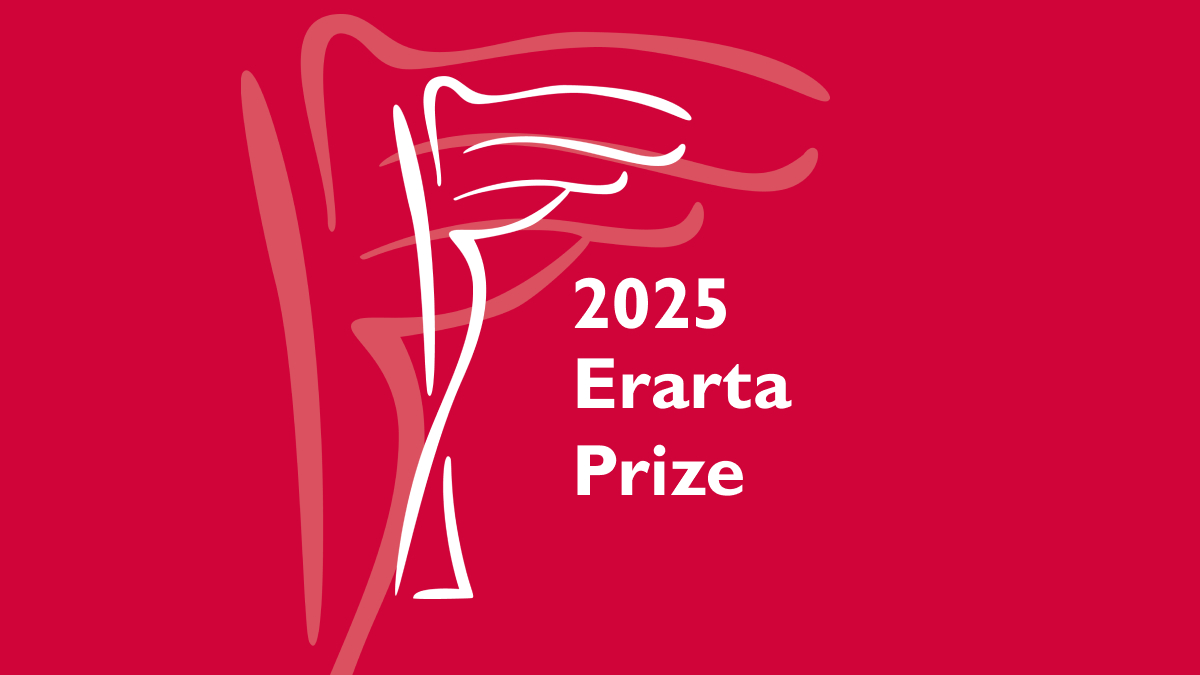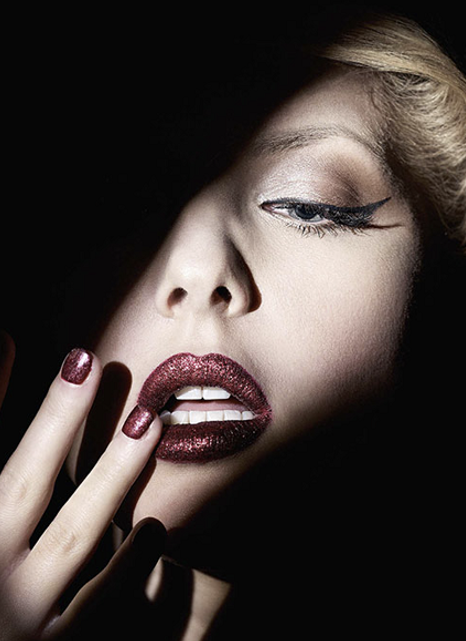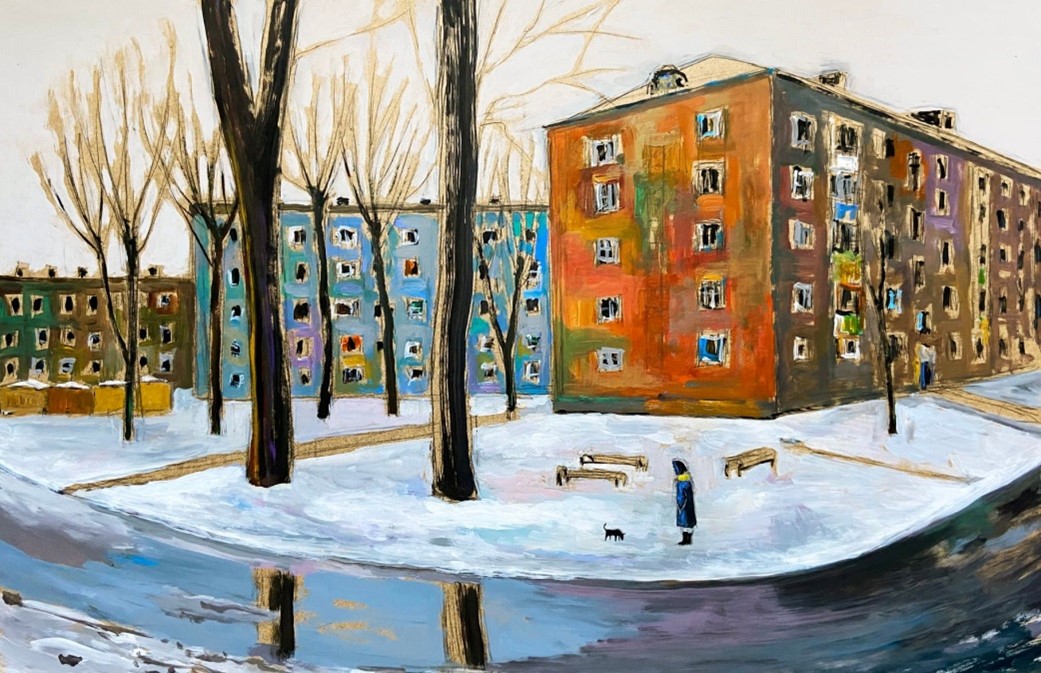Erarta Museum presents an exhibition of paintings and drawings by the contemporary Russian avant-garde artist Alexander Alkhovsky
- A very personal sentiment of a contemporary artist towards modernism
- The invariably relevant analytical cubism
- The drama of colour clashes and the destruction of form
The painting style of Alexander Alkhovsky dates back to the 20th century. The sentiment towards modernist art evident in his works is very personal and yet characteristic of Soviet artists. Alexander Alkhovsky was born into a family of David Alkhovsky, professor at the Ilya Repin Art School, student of Isaak Brodsky, and contemporary of Pavel Filonov. Alexander witnessed the heated art disputes of academicians in his father's studio, all the while being fascinated by Cubism, Salvador Dalí, and, quite naturally, Pablo Picasso.
Since 1996 the artist has been living and working and Hamburg, paying frequent visits to his family studio on the Vasilievsky Island. Alexander Alkhovsky did not lose his interest in contemporary painting and shows a vast knowledge of popular trends like the Leipzig School, albeit sometimes, by a slip of the tongue, may call Yves Klein a "contemporary French artist". This probably has to do with a certain resentment of the overly rational, conceptual art with its tendency to turn any idea into a public show. For Alexander Alkhovsky, the gist of contemporary art is in the challenges of painting technique — the drama of colour clashes and the destruction of form, quite simply, the ideas that preoccupied artists already at the inception of Fauvism. His creative language is replete with concise references and allusions to his favourite cubist masters, academist teachers, and Pavel Filonov.
The painter's aesthetics would not seem too archaic if we remind ourselves that contemporary art with its focus on the artist's individuality, the search for distinctive style and the subversion of canon is not that different from the art of the turn of the 19th century, that is, the Romanticism.
Alexander Alkhovsky's collection of poems Ice Hole in the Sky published in 2017 illuminated his sombre paintings with confessional lyricism. It is not easy to see through the grotesque and otherworldly chaos of Alkhovsky's art a true lyricist always holding on to his sketchbook. Both Alkhovsky's paintings and verse seem to be highly irrational. The artist represents what might be called a twilight consciousness — a visionary curiosity perceiving the reality as a stream of mystical images. Alkhovsky's protagonist suffers from insomnia. He sees emaciated shadows of the Siege of Leningrad move across the walls of his studio and hears the wind stomp its iron boots on the roof. Both visual and poetic images conceived by Alkhovsky share the same chimerical nature. Working on a large-scale painting, Alkhovsky acts as a conjurer of the chaos of his own imagination. The artist has fully mastered the methods and discoveries of the 20th century visual arts. As a result, we witness a peculiar situation: an artist capable of easily explaining the reasons behind each of his brushstrokes stays captive to his own visions which often even he cannot interpret. Like the works of Picasso, the universe of Alkhovsky's paintings is fragmented, uninviting, and confrontational. This might be seen as a scary mask of reality demonstrated to the viewer with the sure and skilled hand of a painter who has grasped all tricks and devices required to dismember and recreate the world. Alkhovsky's particular brand of analytical cubism remains of relevance today, when we still know so little of the dark side of the human nature.








